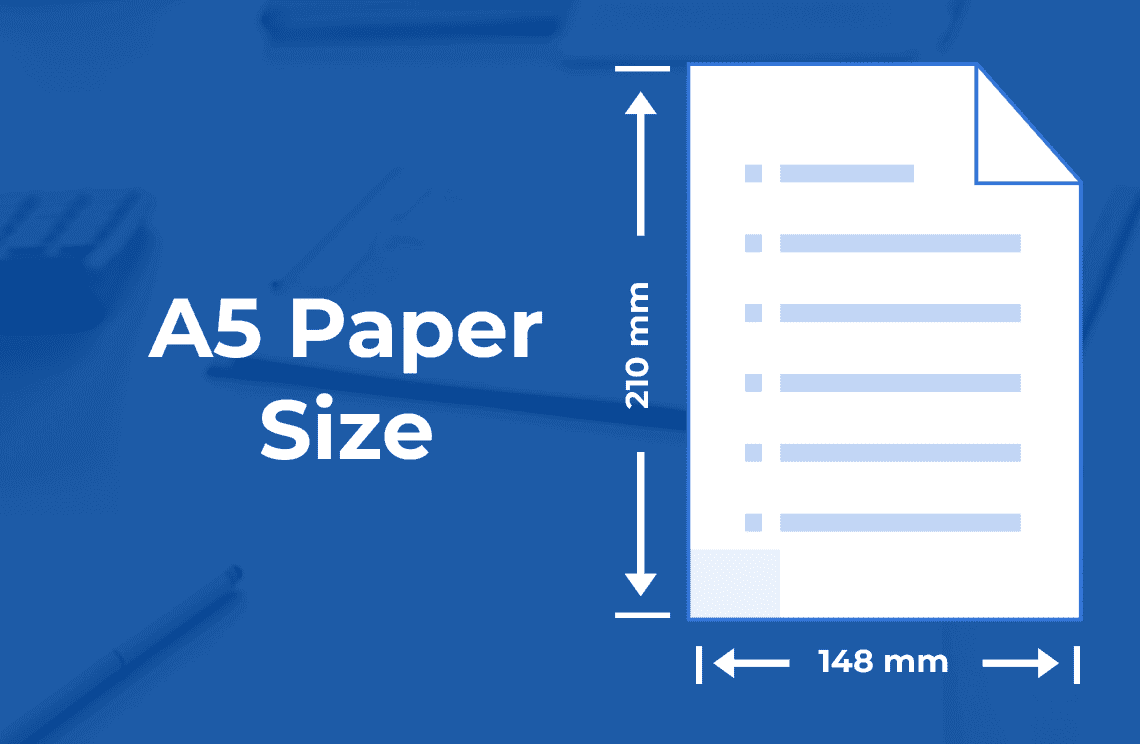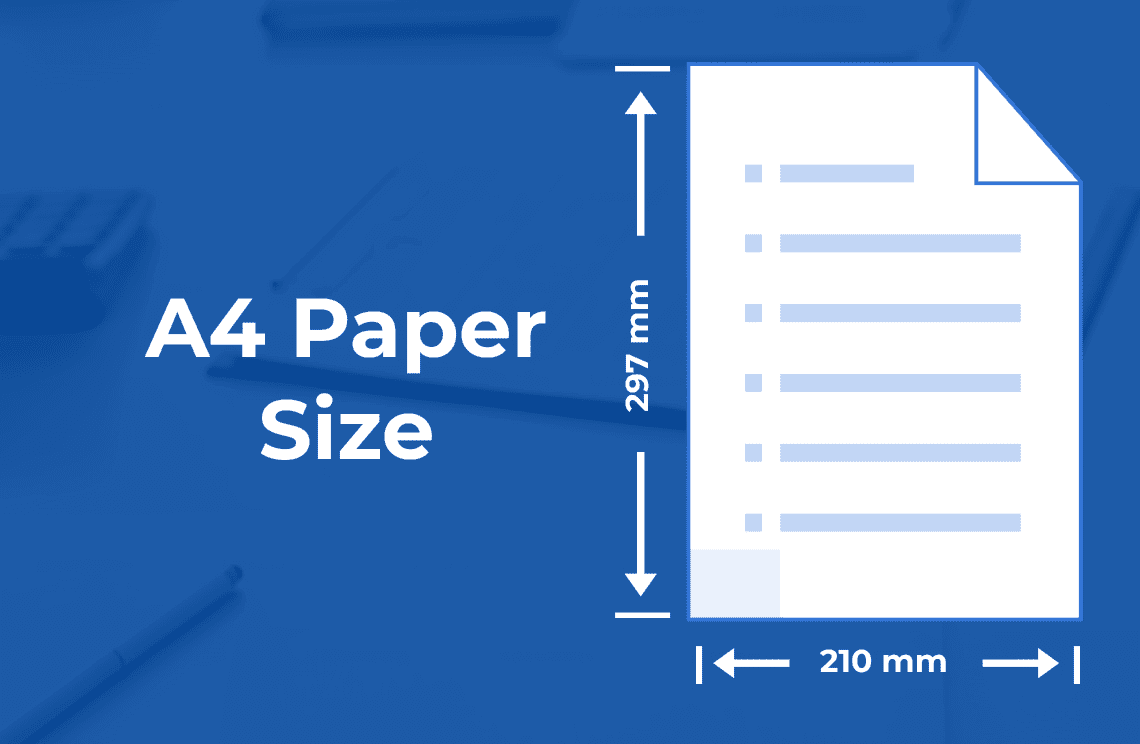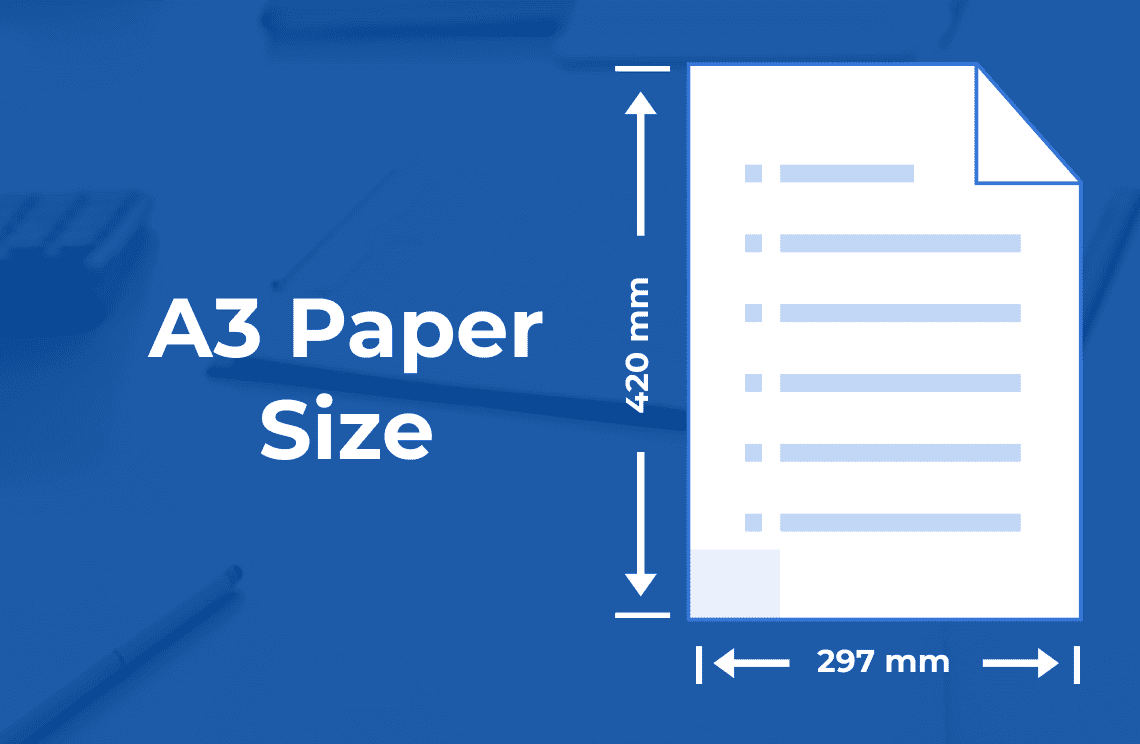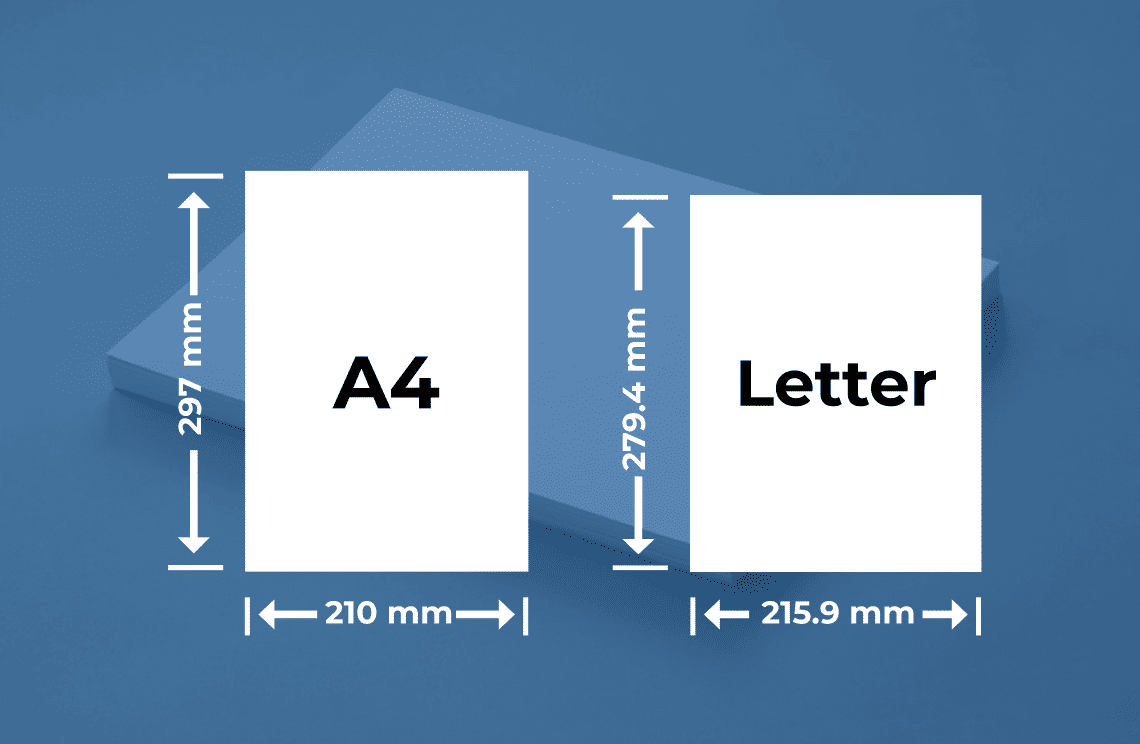A5 paper is a versatile and compact format that has gained popularity for its portability and practicality. Belonging to the A-series paper system, A5 offers a balance between space and convenience. But what exactly is A5 paper size, and how can it enhance your everyday life?
A5 Paper Size at a Glance
An A5 sheet measures:
- Inches: 5.83" x 8.27"
- Millimeters: 148 mm x 210 mm
- Centimeters: 14.8 cm x 21.0 cm
Just like other sizes in the A series, A5 is standardized globally under the ISO 216 standard, ensuring consistency across different countries.
Understanding A5 Paper Size
A5 paper is a versatile format measuring 148 millimeters by 210 millimeters (5.83 inches by 8.27 inches). It is classified as part of the ISO 216 paper size standard, ensuring global consistency in dimensions. This standardization makes A5 a practical choice for both personal and professional use.
The A series, which includes A5, is based on a geometric progression. Each subsequent size in the series is exactly half the area of the previous one. This mathematical relationship creates a harmonious and efficient system of paper sizes. A5 sits between A4 (larger) and A6 (smaller) within this sequence.
The aspect ratio of A5 paper is approximately 1:1.414. This means that the width is about 70.7% of the height. This consistent ratio across all A-series papers ensures that documents maintain their proportions when scaled up or down. This characteristic is particularly useful in design and printing, as it prevents distortion.
A5 paper's dimensions are derived from the A0 size. Starting with a square meter, the A0 sheet is created. By continuously halving the area, the A series unfolds, with A5 being the fifth size in the sequence. This geometric foundation contributes to the efficiency and practicality of the A-series system.

Benefits of A5 Paper
A5 paper offers several advantages:
- Portability: Its compact size makes it easy to carry in bags, backpacks, or even pockets.
- Efficiency: A5 provides ample space for note-taking, sketching, or creating small documents.
- Cost-effectiveness: Often more affordable than larger paper sizes, making it a budget-friendly option.
- Versatility: Suitable for a wide range of uses, from personal journaling to professional presentations.
Common Uses of A5 Paper
A5 paper finds application in various areas:
- Notebooks and planners: Perfect for daily journaling, task management, and scheduling.
- To-do lists and daily schedules: Compact size ideal for quick reference.
- Project outlines and mind maps: Versatile format for brainstorming and planning.
- Sketchbooks and creative writing journals: Encourages portability and creativity.
- Brochures and flyers: Can be folded to create compact and informative pieces.
- Recipe cards and small prints: Convenient size for storing and organizing.
Choosing Between A5 and Other Sizes
Selecting the right paper size depends on your specific needs:
- A4: Offers more space but is less portable than A5.
- A6: Smaller than A5, ideal for extremely compact notes or business cards.
Consider the intended use of the paper and the level of portability required when making your choice.
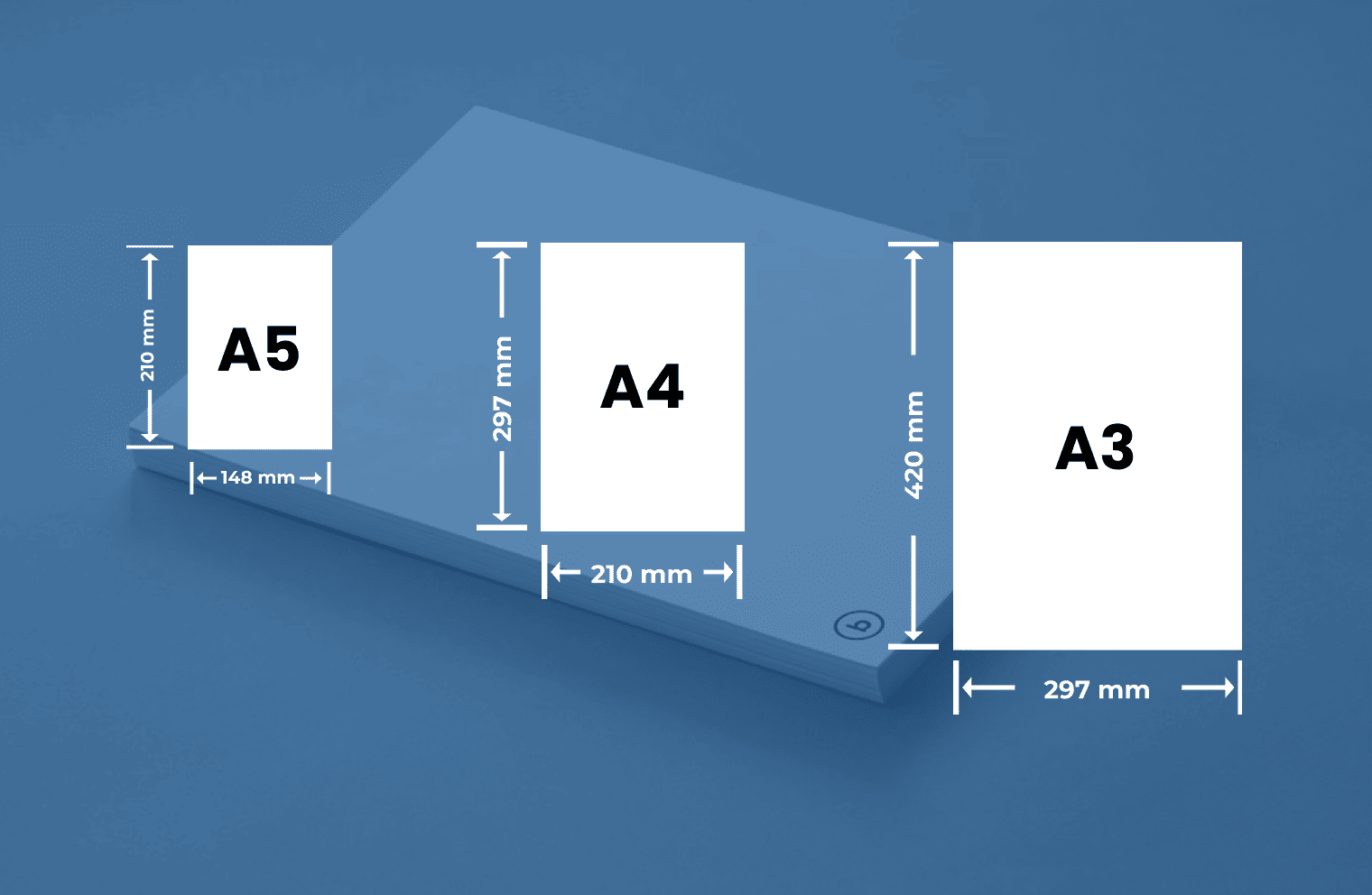
Frequently Asked Questions About A5 Paper Size
What is the difference between A5 and A6 paper?
A6 paper is smaller than A5. It's half the size of A5.
Can I print A4 documents on A5 paper?
You can, but the content will be reduced in size and might be difficult to read.
What are some creative uses for A5 paper?
A5 paper is excellent for creating mini-zines, folded booklets, or small art projects.
Is A5 paper suitable for presentations?
While A5 is not the standard size for presentations, you can create folded brochures or handouts in A5 format.
Can I find A5-sized notebooks and planners easily?
Yes, A5-sized notebooks and planners are widely available in stationery stores and online.
How can I efficiently manage and edit A5 digital documents?
For seamless handling of A5 digital documents, consider using PDF Agile. This software offers intuitive tools for editing, converting, and organizing A5 files, streamlining your workflow.

